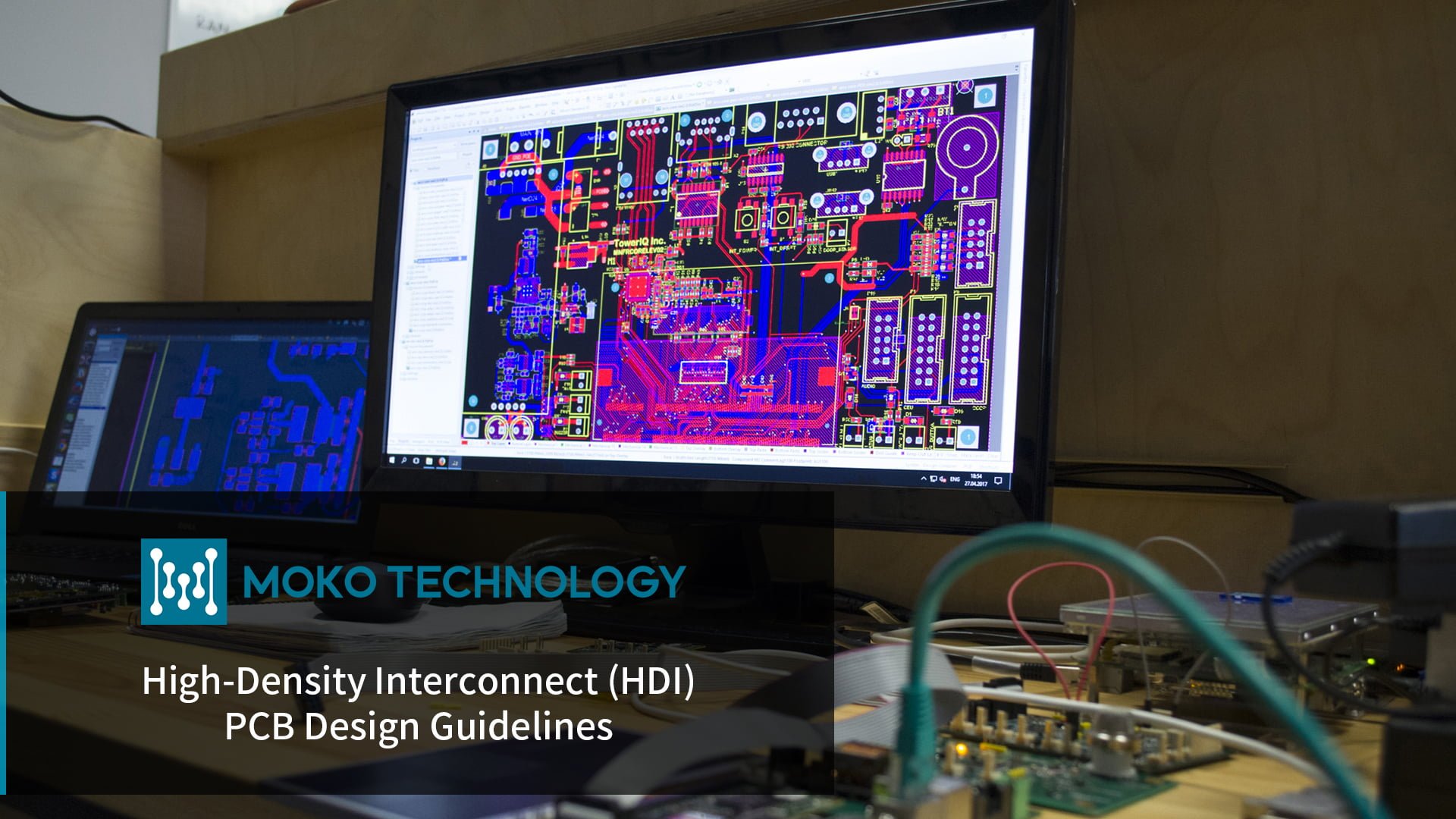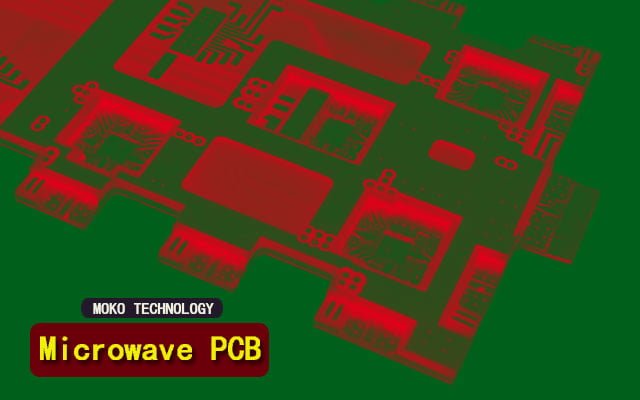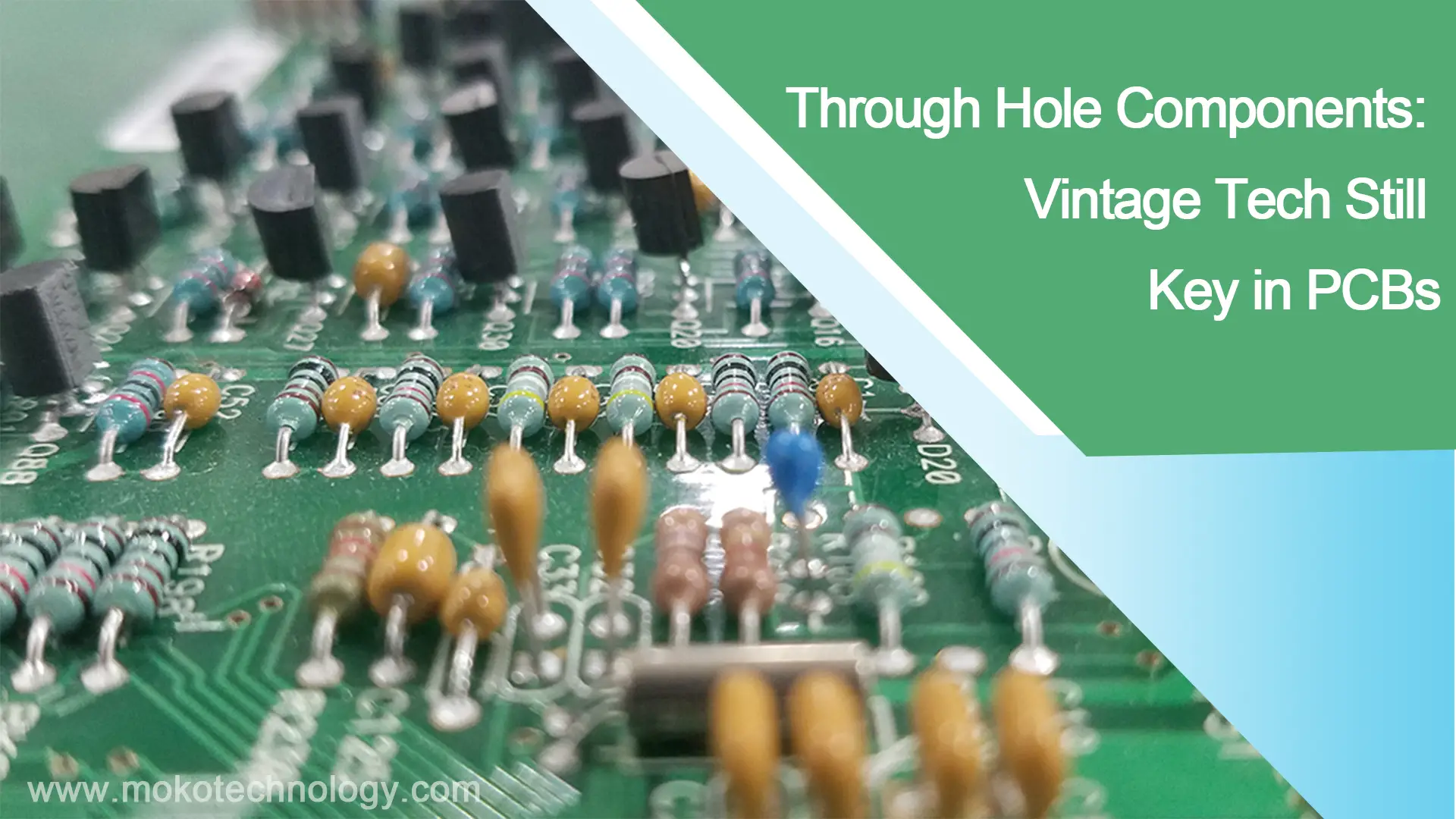There are some reasons for putting a via in the pad, but strengthening a connector is a new practice for me.
The weakest part of an SMD pad is that the copper could delaminate from the fiberglass, and lift off the PCB itself. Anything you could do to prevent that would help, including making the pad larger or putting a via in the pad itself.
But you have to be careful since putting a via in the pad can cause other issues.
- The first problem is that it might make the pads not flat enough, so a connector pin won’t make good contact with the pad and thus not get soldered well.
- The second issue is that the solder could get wicked down the via and leave nothing left for the connector pin. This isn’t a big issue if you are hand soldering, but can be a problem when doing it with automation.
Honestly, if connector strength is an issue, then it is advisable to seriously consider going to a through-hole connector or some type of connector, which gets strength from some other ways. Such as a connector that gets bolted to the chassis itself (and stress on the PCB is minimal).
Read More: SMT Assembly
#PCB Design #PCB Assembly



